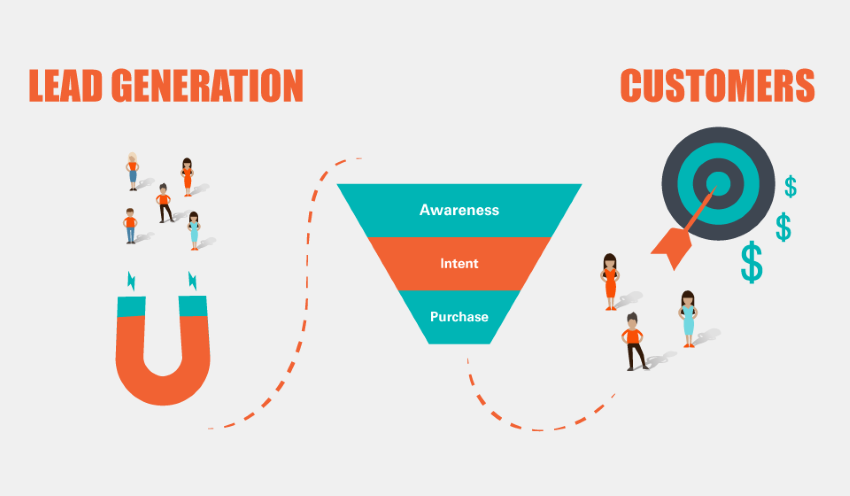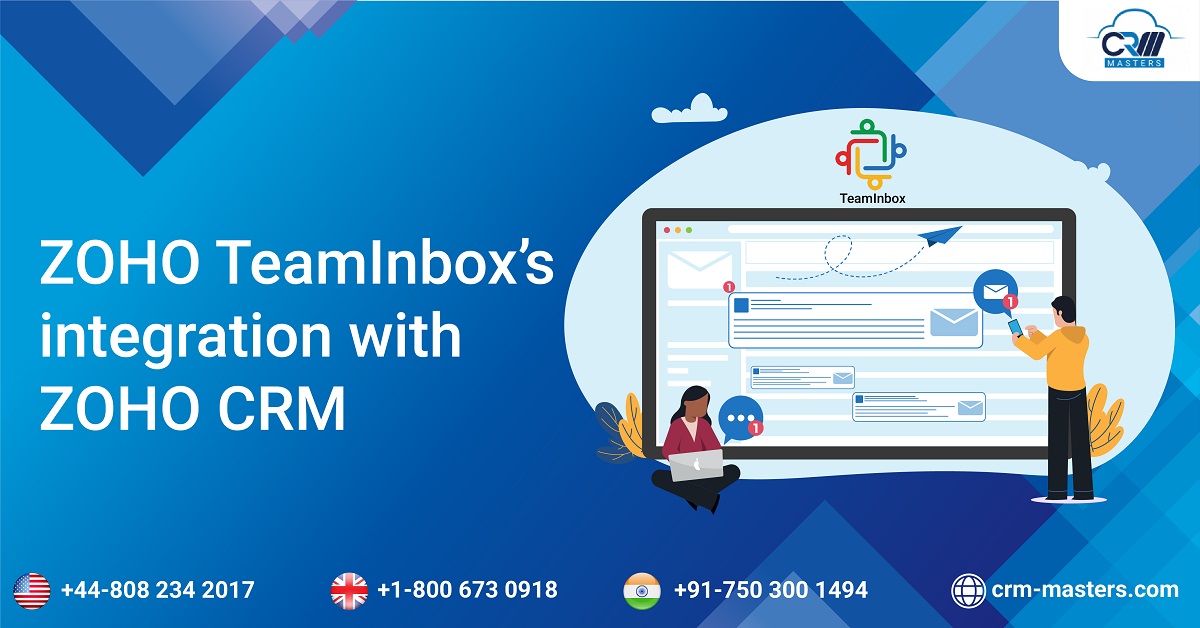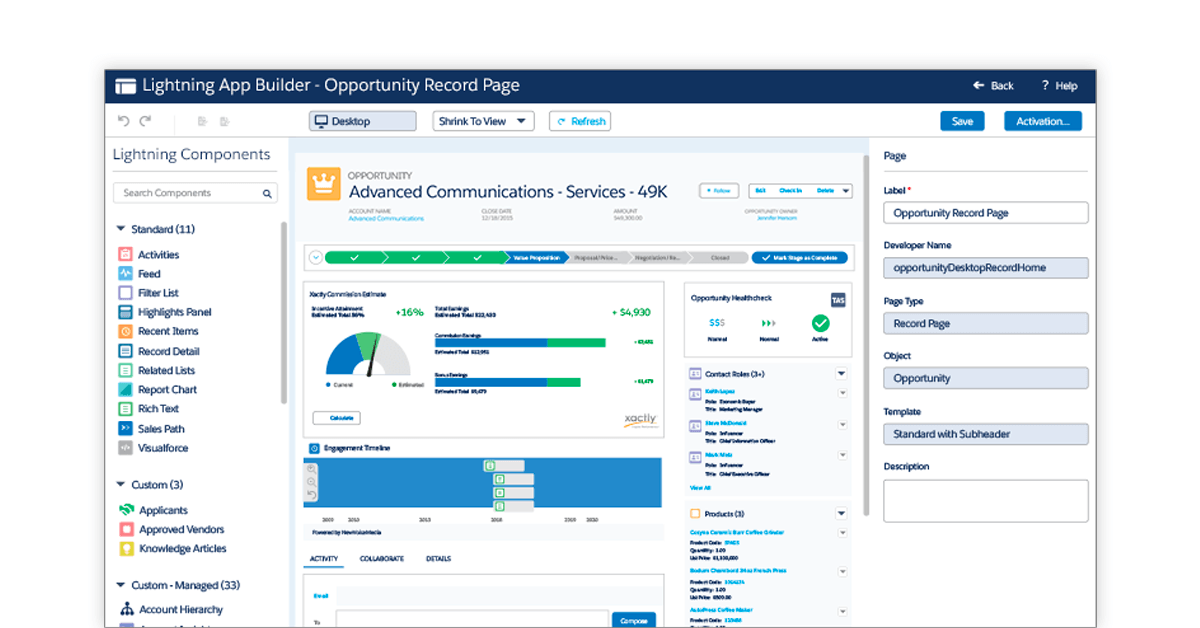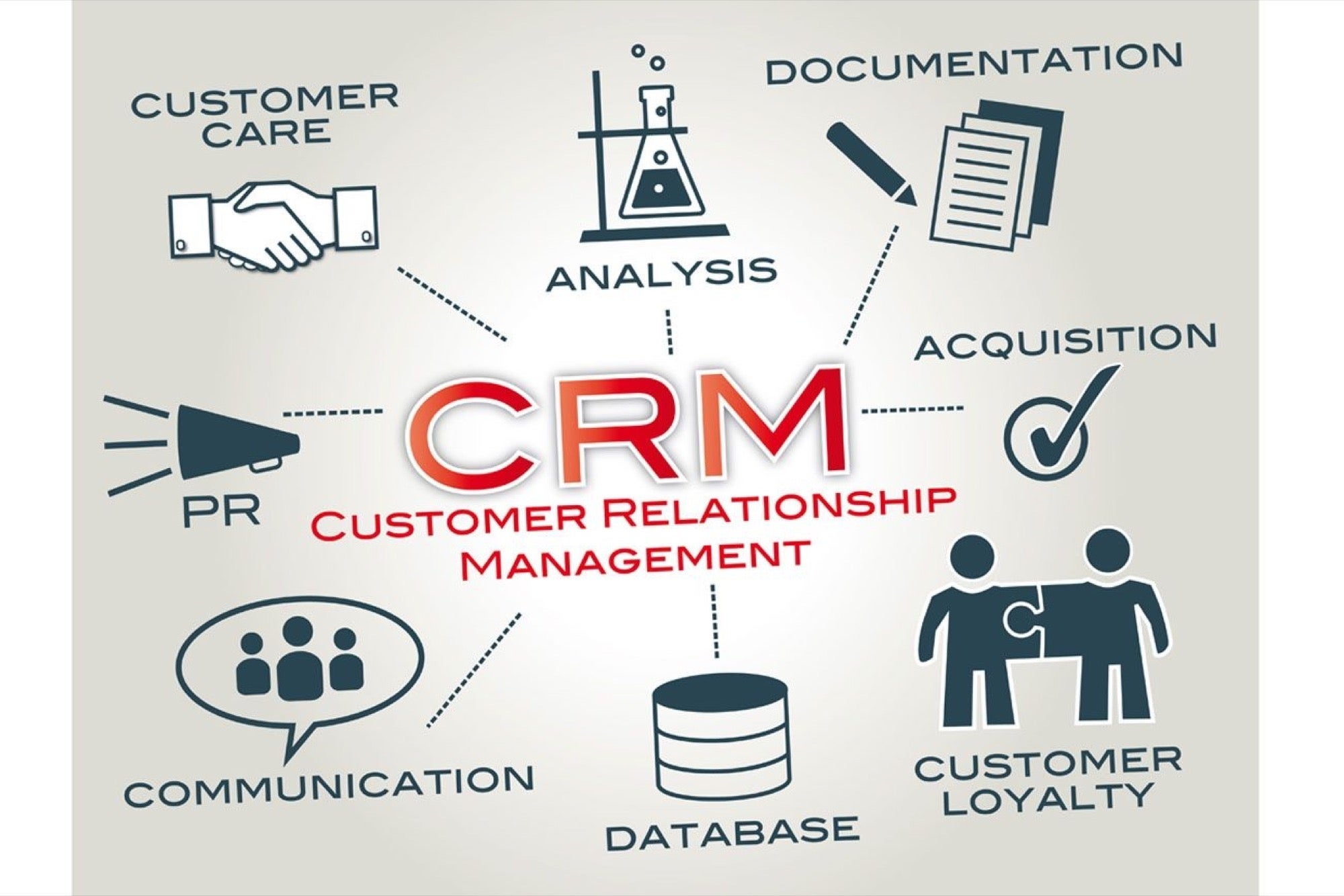
Supercharge Your Lead Generation: A Deep Dive into CRM Marketing Strategies
In the dynamic world of business, generating leads is the lifeblood of growth. It’s the engine that drives sales, expands your customer base, and ultimately, fuels your success. But simply attracting attention isn’t enough. You need a system, a strategy, a well-oiled machine to nurture those leads, convert them into paying customers, and build lasting relationships. That’s where CRM marketing lead generation comes into play, offering a powerful and integrated approach to transform your lead generation efforts from a chaotic scramble into a streamlined, data-driven process. This comprehensive guide will delve deep into the intricacies of CRM marketing, exploring its core principles, practical strategies, and the tools you need to not just generate leads, but to generate quality leads that are primed for conversion.
Understanding the Fundamentals: What is CRM Marketing?
CRM, or Customer Relationship Management, is more than just a piece of software; it’s a philosophy, a strategic approach to managing all your interactions with current and potential customers. At its heart, CRM marketing leverages CRM software to collect, organize, and analyze customer data, providing a 360-degree view of each individual. This holistic understanding empowers businesses to personalize their marketing efforts, tailor their messaging, and ultimately, build stronger, more meaningful relationships.
CRM marketing lead generation takes this concept a step further, specifically focusing on how CRM can be used to identify, attract, and nurture potential customers. It’s about transforming strangers into prospects, prospects into leads, and leads into loyal customers. This involves a range of activities, including:
- Lead capture: Gathering contact information through various channels (website forms, landing pages, social media, etc.).
- Lead scoring: Assigning points to leads based on their behavior and engagement, helping you prioritize the most promising prospects.
- Lead nurturing: Providing relevant content and personalized communication to move leads through the sales funnel.
- Segmentation: Grouping leads based on shared characteristics (demographics, interests, purchase history) to deliver targeted messaging.
- Workflow automation: Automating repetitive tasks, such as sending follow-up emails, to save time and improve efficiency.
By integrating CRM into your lead generation strategy, you gain a significant advantage. You can:
- Improve lead quality: By focusing on leads that are a good fit for your business.
- Increase conversion rates: By delivering personalized and relevant content.
- Reduce marketing costs: By automating tasks and optimizing your campaigns.
- Enhance customer satisfaction: By providing a better customer experience.
The Power of Data: How CRM Transforms Lead Generation
Data is the lifeblood of effective marketing, and CRM acts as the central nervous system, collecting and organizing this vital information. CRM systems allow you to track every interaction a lead has with your brand, from website visits and email opens to social media engagement and sales calls. This wealth of data provides invaluable insights into your leads’ behavior, preferences, and needs.
Here’s how CRM leverages data to supercharge lead generation:
1. Targeted Segmentation
CRM enables you to segment your leads based on various criteria, such as demographics, interests, purchase history, and engagement level. This allows you to create highly targeted marketing campaigns that resonate with specific groups of leads. For example, you can segment leads based on their industry, job title, or the content they’ve downloaded from your website. This level of precision ensures that your messaging is relevant and engaging, increasing the likelihood of conversion.
2. Personalized Communication
Armed with detailed customer data, you can personalize your communication to a degree previously unimaginable. CRM allows you to tailor your emails, website content, and social media interactions to each lead’s individual needs and preferences. Instead of sending generic mass emails, you can send personalized messages that address specific pain points, offer relevant solutions, and showcase the value of your products or services. This level of personalization builds trust, strengthens relationships, and drives conversions.
3. Lead Scoring and Prioritization
Not all leads are created equal. Some are more likely to convert than others. CRM systems allow you to assign scores to leads based on their behavior and engagement, helping you identify the most promising prospects. Lead scoring can be based on various factors, such as website visits, email opens, content downloads, and social media interactions. By prioritizing high-scoring leads, you can focus your sales efforts on the most qualified prospects, increasing your chances of closing deals and maximizing your return on investment.
4. Automation and Efficiency
CRM automates many repetitive tasks, such as sending follow-up emails, scheduling appointments, and updating contact information. This frees up your sales and marketing teams to focus on more strategic activities, such as building relationships and closing deals. Automation also ensures consistency and accuracy, reducing the risk of errors and improving overall efficiency.
5. Performance Tracking and Optimization
CRM provides comprehensive analytics and reporting capabilities, allowing you to track the performance of your lead generation campaigns. You can monitor key metrics, such as website traffic, lead generation rates, conversion rates, and return on investment. By analyzing these metrics, you can identify what’s working and what’s not, and make data-driven decisions to optimize your campaigns and improve your results. This continuous feedback loop ensures that your lead generation efforts are constantly evolving and improving.
Crafting a Winning CRM Marketing Lead Generation Strategy
Implementing a successful CRM marketing lead generation strategy involves a multi-faceted approach. It’s not just about buying CRM software; it’s about integrating it seamlessly into your existing marketing and sales processes. Here’s a step-by-step guide to help you craft a winning strategy:
1. Define Your Goals and Objectives
Before you even think about CRM software, you need to define your goals and objectives. What do you want to achieve with your lead generation efforts? Are you aiming to increase the number of leads, improve lead quality, or boost conversion rates? Setting clear, measurable goals will help you track your progress and evaluate the success of your strategy. Be specific. Instead of saying “increase leads,” aim for “increase qualified leads by 20% within the next quarter.” This specificity provides a clear target and makes it easier to measure your success.
2. Identify Your Target Audience
Who are you trying to reach? Understanding your target audience is crucial for creating effective marketing campaigns. Develop detailed buyer personas that represent your ideal customers. Consider their demographics, interests, needs, pain points, and buying behaviors. The more you know about your target audience, the better you can tailor your messaging and reach them through the right channels. This detailed understanding will guide your content creation, channel selection, and overall marketing strategy.
3. Choose the Right CRM Software
Selecting the right CRM software is a critical decision. There are many options available, each with its own features, functionalities, and pricing. Consider your specific needs, budget, and technical expertise when choosing a CRM system. Some popular CRM platforms include Salesforce, HubSpot, Zoho CRM, and Pipedrive. Research different platforms, read reviews, and compare features to find the one that best fits your business. Consider factors like ease of use, scalability, integration capabilities, and customer support.
4. Implement Lead Capture Mechanisms
You need ways to capture leads. This includes implementing lead capture forms on your website, creating landing pages for specific offers, and using social media to generate leads. Offer valuable content, such as ebooks, webinars, or checklists, in exchange for contact information. Make sure your lead capture forms are easy to use and mobile-friendly. Consider using pop-up forms, but be mindful of user experience. Make it easy for potential leads to give you their information. The easier it is, the more likely they are to convert.
5. Integrate CRM with Your Marketing Tools
Integrate your CRM with your other marketing tools, such as your email marketing platform, social media management tools, and website analytics. This will allow you to seamlessly track your leads’ interactions across different channels and gain a comprehensive view of their behavior. Integration is key to a unified marketing strategy. This allows for automated data transfer and streamlined workflows, creating a cohesive and efficient system.
6. Develop a Lead Scoring System
Implement a lead scoring system to prioritize leads based on their behavior and engagement. Assign points to leads based on various factors, such as website visits, email opens, content downloads, and social media interactions. This will help you identify the most promising prospects and focus your sales efforts on the leads that are most likely to convert. Lead scoring helps you allocate your resources effectively and efficiently.
7. Create Targeted Content
Develop high-quality, relevant content that addresses your target audience’s needs and interests. Create different types of content, such as blog posts, ebooks, webinars, and videos, to cater to different preferences and stages of the buying journey. Make sure your content is optimized for search engines to attract organic traffic. Your content should be informative, engaging, and designed to nurture leads through the sales funnel. Content is king, and quality content is the ruler.
8. Implement Lead Nurturing Campaigns
Nurture your leads with personalized communication. Send automated email campaigns that provide valuable content, address their pain points, and move them closer to conversion. Use segmentation to tailor your messaging to specific groups of leads. Lead nurturing is about building relationships and providing value at every stage of the buying process. Don’t just sell; educate, inform, and engage.
9. Automate Your Workflows
Automate repetitive tasks, such as sending follow-up emails, scheduling appointments, and updating contact information. This will save you time and improve efficiency. Automation allows your team to focus on more strategic activities, such as building relationships and closing deals. Automation is your secret weapon for productivity.
10. Analyze and Optimize Your Campaigns
Track the performance of your lead generation campaigns and make data-driven decisions to optimize your results. Monitor key metrics, such as website traffic, lead generation rates, conversion rates, and return on investment. Use this data to identify what’s working and what’s not, and make adjustments to your strategy as needed. Continuous analysis and optimization are essential for maximizing your lead generation efforts.
Choosing the Right CRM for Lead Generation
The selection of a CRM system is a critical decision that can significantly impact the success of your lead generation efforts. The right CRM will streamline your processes, provide valuable insights, and empower your team to work more efficiently. But with so many options available, how do you choose the right one? Here’s a breakdown of factors to consider:
1. Features and Functionality
Consider the features and functionality that are essential for your lead generation needs. Do you need lead scoring, email marketing integration, sales automation, or reporting and analytics capabilities? Make a list of your must-have features and prioritize them. Some CRM systems are more comprehensive than others, offering a wider range of features. Others are more specialized, focusing on specific industries or business needs. Choose the CRM that aligns with your specific requirements.
2. Scalability
Choose a CRM that can grow with your business. As your lead generation efforts expand, you’ll need a CRM that can handle increased data volume, user accounts, and feature requirements. Consider whether the CRM offers different pricing tiers or add-ons that can accommodate your future needs. The CRM should be able to adapt to your evolving business. Ensure it can scale to meet your future demands.
3. Integration Capabilities
Consider the integration capabilities of the CRM. Does it integrate with your existing marketing tools, such as your email marketing platform, social media management tools, and website analytics? Seamless integration will allow you to streamline your workflows, share data between systems, and gain a comprehensive view of your leads’ behavior. The more integrations, the better. A well-integrated CRM creates a unified marketing ecosystem.
4. Ease of Use
Choose a CRM that is easy to use and navigate. The user interface should be intuitive and user-friendly. If your team struggles to use the CRM, they won’t be able to leverage its full potential. Look for a CRM with a clean design, clear navigation, and helpful tutorials. Consider the learning curve and the training resources available. An easy-to-use CRM saves time, reduces frustration, and increases adoption rates.
5. Pricing and Budget
Consider your budget and the pricing structure of the CRM. CRM systems offer various pricing models, including per-user fees, tiered pricing, and enterprise pricing. Compare the pricing of different CRM systems and choose the one that fits your budget. Consider the value you’ll receive for the price. Factor in the cost of implementation, training, and ongoing support. Look for a CRM that offers a good return on investment.
6. Customer Support
Choose a CRM with reliable customer support. You’ll likely need assistance at some point, whether it’s for technical issues, training, or troubleshooting. Look for a CRM provider that offers responsive customer support through various channels, such as email, phone, and live chat. Read reviews and testimonials to assess the quality of their customer support. Reliable customer support is essential for ensuring a smooth experience.
7. Security and Compliance
Ensure the CRM you choose has robust security measures to protect your customer data. Look for features like data encryption, access controls, and regular security audits. If you’re collecting and storing personal data, make sure the CRM complies with relevant data privacy regulations, such as GDPR and CCPA. Data security and compliance are non-negotiable. Protect your customer data and maintain their trust.
Tools and Technologies to Enhance Your CRM Marketing Lead Generation
Beyond the CRM system itself, several tools and technologies can enhance your lead generation efforts. These tools can integrate with your CRM or operate independently, providing additional functionality and insights. Here are some key technologies to consider:
1. Marketing Automation Platforms
Marketing automation platforms, such as HubSpot, Marketo, and Pardot, offer advanced features for lead nurturing, email marketing, and workflow automation. They can integrate seamlessly with your CRM and provide a centralized hub for managing your marketing campaigns. These platforms allow you to automate repetitive tasks, personalize your communication, and track the performance of your campaigns. Marketing automation is a game-changer for efficiency and personalization.
2. Email Marketing Platforms
Email marketing platforms, such as Mailchimp, Constant Contact, and ConvertKit, provide tools for creating and sending email campaigns, managing your subscriber lists, and tracking your email performance. They can integrate with your CRM and allow you to segment your audience, personalize your emails, and automate your email workflows. Email marketing remains a powerful tool for lead nurturing and conversion. These tools provide essential functionalities for email marketing campaigns.
3. Social Media Management Tools
Social media management tools, such as Hootsuite, Buffer, and Sprout Social, allow you to schedule social media posts, monitor your social media activity, and track your social media performance. They can integrate with your CRM and provide insights into your leads’ social media behavior. Social media is a powerful channel for lead generation and brand building. Effective social media management is crucial.
4. Website Analytics Tools
Website analytics tools, such as Google Analytics, provide valuable insights into your website traffic, user behavior, and conversion rates. They can integrate with your CRM and allow you to track your leads’ website activity. Website analytics helps you understand how your leads are interacting with your website. Data is key and these tools provide valuable insights.
5. Landing Page Builders
Landing page builders, such as Unbounce, Instapage, and Leadpages, allow you to create high-converting landing pages without any coding knowledge. They can integrate with your CRM and allow you to capture leads through dedicated landing pages. Landing pages are essential for converting leads. These tools provide the means to create effective landing pages.
6. Lead Capture Software
Lead capture software, such as OptinMonster and Sumo, allows you to create pop-up forms, slide-in forms, and other lead capture mechanisms to capture leads on your website. These tools can integrate with your CRM and allow you to automatically add new leads to your database. Lead capture software helps you maximize your lead generation efforts. Capture leads with ease and efficiency.
7. Chatbots
Chatbots can be integrated into your website to engage with visitors, answer their questions, and capture leads. They can also qualify leads and direct them to the appropriate sales representative. Chatbots offer instant support and lead capture capabilities. Engage visitors and capture leads 24/7.
Measuring Success: Key Metrics for CRM Marketing Lead Generation
Tracking your progress and measuring the success of your CRM marketing lead generation efforts is essential for optimizing your strategy and achieving your goals. By monitoring key metrics, you can identify what’s working, what’s not, and make data-driven decisions to improve your results. Here are some key metrics to track:
1. Website Traffic
Track the overall traffic to your website, as well as the traffic to specific landing pages and content pages. This will give you an indication of the effectiveness of your marketing campaigns and the interest in your content. Website traffic is the foundation of lead generation. Increased traffic means increased opportunities.
2. Lead Generation Rate
Measure the percentage of website visitors who convert into leads. This is a critical metric for assessing the effectiveness of your lead capture mechanisms and your overall marketing efforts. Lead generation rate reveals how well you are converting visitors. Optimize your forms and landing pages for maximum impact.
3. Lead Quality
Assess the quality of your leads by tracking metrics such as lead scoring, lead-to-customer conversion rate, and customer lifetime value. This will help you identify the leads that are most likely to convert into paying customers. Lead quality determines your ROI. Focus on attracting and nurturing high-quality leads.
4. Conversion Rate
Track the percentage of leads who convert into customers. This is a key indicator of the effectiveness of your sales and marketing efforts. Conversion rate is the ultimate measure of success. Optimize your sales process for maximum conversion.
5. Cost Per Lead (CPL)
Calculate the cost of acquiring each lead. This metric helps you evaluate the efficiency of your lead generation campaigns and identify areas for improvement. CPL helps you optimize your spending. Track your costs and make adjustments as needed.
6. Cost Per Acquisition (CPA)
Calculate the cost of acquiring each customer. This is a crucial metric for measuring the return on investment (ROI) of your lead generation efforts. CPA is a key indicator of profitability. Track your costs and optimize your campaigns for maximum ROI.
7. Customer Lifetime Value (CLTV)
Estimate the total revenue you expect to generate from a customer over their relationship with your business. This metric helps you understand the long-term value of your customers and the importance of building lasting relationships. CLTV helps you understand the long-term value of your customers. Focus on building relationships and increasing CLTV.
8. Return on Investment (ROI)
Calculate the overall return on investment of your lead generation efforts. This is a crucial metric for assessing the profitability of your marketing campaigns. ROI is the bottom line. Track your ROI and make data-driven decisions.
Common Challenges in CRM Marketing Lead Generation and How to Overcome Them
While CRM marketing lead generation offers significant benefits, businesses often face challenges when implementing and optimizing their strategies. Here are some common challenges and how to overcome them:
1. Data Quality Issues
Poor data quality can undermine your lead generation efforts. Inaccurate, incomplete, or outdated data can lead to wasted marketing spend, ineffective targeting, and poor customer experiences. To overcome this challenge, implement data cleansing processes, validate data entry, and regularly update your CRM database. Data quality is paramount. Invest in data hygiene to ensure accuracy.
2. Lack of Integration
If your CRM isn’t integrated with your other marketing tools, you’ll struggle to get a comprehensive view of your leads and optimize your campaigns. To overcome this, choose a CRM that integrates with your existing tools, or invest in integration platforms that connect your systems. Integration is key for a unified marketing ecosystem. Streamline your workflows and share data seamlessly.
3. Low User Adoption
If your sales and marketing teams don’t embrace your CRM, you won’t be able to fully leverage its capabilities. To overcome this, provide adequate training, demonstrate the value of the CRM, and encourage user adoption through incentives and positive reinforcement. User adoption is critical for success. Make your CRM easy to use and provide ongoing support.
4. Poor Lead Scoring and Qualification
If you’re not effectively scoring and qualifying your leads, you’ll waste time and resources on leads that are unlikely to convert. To overcome this, develop a clear lead scoring system based on your ideal customer profile and implement lead qualification processes to ensure you’re focusing on the most promising prospects. Lead scoring and qualification are essential for prioritizing your efforts. Focus on the leads that are most likely to convert.
5. Lack of Personalization
If you’re not personalizing your marketing messages, you’re missing out on a significant opportunity to connect with your leads and build relationships. To overcome this, leverage the data in your CRM to personalize your email campaigns, website content, and social media interactions. Personalization is key for building relationships. Tailor your messages to each lead’s individual needs and preferences.
6. Inconsistent Communication
If your communication with leads is inconsistent, you’ll struggle to nurture them through the sales funnel. To overcome this, develop a consistent communication plan, automate your email workflows, and ensure that your sales and marketing teams are aligned on messaging and follow-up. Consistency is key for building trust and driving conversions. Maintain a consistent flow of communication.
7. Difficulty Measuring ROI
If you’re not tracking key metrics, you won’t be able to measure the ROI of your lead generation efforts. To overcome this, implement a robust tracking system, monitor key metrics, and analyze your data to identify areas for improvement. Measuring ROI is essential for optimizing your campaigns. Track your metrics and make data-driven decisions.
The Future of CRM Marketing Lead Generation
The landscape of CRM marketing lead generation is constantly evolving, driven by technological advancements and changing customer expectations. Staying ahead of the curve requires a forward-thinking approach and a willingness to adapt. Here are some key trends to watch:
1. Artificial Intelligence (AI) and Machine Learning (ML)
AI and ML are transforming the way businesses generate and nurture leads. AI-powered tools can analyze vast amounts of data to identify patterns, predict customer behavior, and automate tasks. This will lead to more personalized marketing campaigns, improved lead scoring, and enhanced customer experiences. AI and ML are the future of CRM marketing. Embrace these technologies to gain a competitive advantage.
2. Hyper-Personalization
Customers expect personalized experiences, and businesses are responding by delivering highly tailored content and interactions. CRM systems are enabling hyper-personalization by allowing marketers to segment their audience with greater precision and tailor their messaging to each individual’s needs and preferences. Hyper-personalization is the key to building strong customer relationships. Deliver personalized experiences that resonate with your audience.
3. Omnichannel Marketing
Customers interact with businesses across multiple channels, including email, social media, website, and mobile apps. Omnichannel marketing focuses on creating a seamless and integrated customer experience across all these channels. CRM systems are playing a crucial role in enabling omnichannel marketing by providing a centralized view of customer data and allowing marketers to coordinate their efforts across different channels. Omnichannel marketing is essential for providing a seamless customer experience. Integrate your marketing efforts across all channels.
4. Voice Search Optimization
Voice search is becoming increasingly popular, and businesses are adapting their SEO strategies to optimize for voice queries. CRM systems can be used to track voice search data and tailor marketing content to meet the needs of voice search users. Voice search is the future of search. Optimize your content for voice queries.
5. Privacy and Data Security
Data privacy and security are becoming increasingly important. Businesses must prioritize data protection and comply with relevant regulations, such as GDPR and CCPA. CRM systems must have robust security measures to protect customer data. Data privacy is a top priority. Ensure your CRM complies with all relevant regulations.
By embracing these trends and continuously adapting your strategy, you can position your business for success in the ever-evolving world of CRM marketing lead generation. This is an ongoing process, not a one-time fix. The key is to stay informed, experiment with new technologies, and always put the customer first.
Conclusion: Mastering the Art of CRM Marketing Lead Generation
CRM marketing lead generation is a powerful strategy for driving business growth. By leveraging the capabilities of CRM software, you can transform your lead generation efforts from a chaotic scramble into a streamlined, data-driven process. This guide has provided you with a comprehensive overview of the key principles, practical strategies, and tools you need to succeed.
Remember, the key to success lies in understanding your target audience, crafting targeted content, implementing lead nurturing campaigns, automating your workflows, and continuously analyzing and optimizing your results. By following these steps, you can generate more high-quality leads, increase your conversion rates, and build lasting customer relationships.
The journey to mastering CRM marketing lead generation is an ongoing one. Embrace the challenges, learn from your mistakes, and never stop seeking ways to improve. By staying informed, adapting to change, and putting the customer first, you can unlock the full potential of CRM marketing and achieve sustainable business growth.




